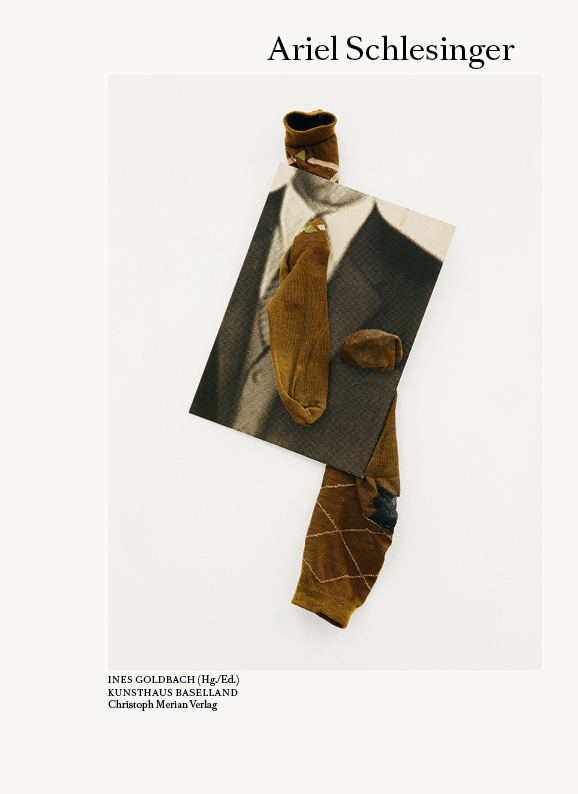Ariel Schlesinger
23.5. —
6.7.2014

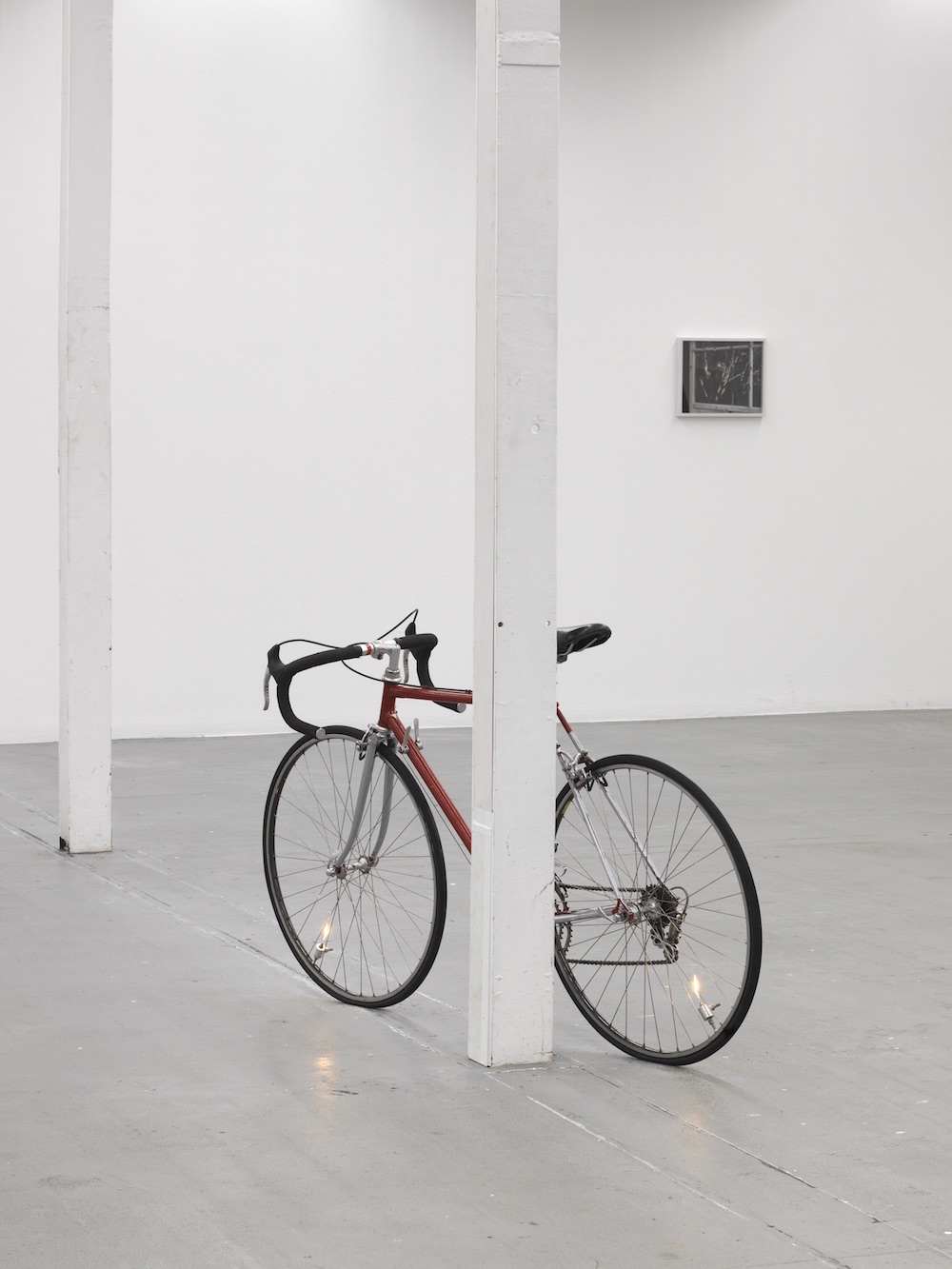
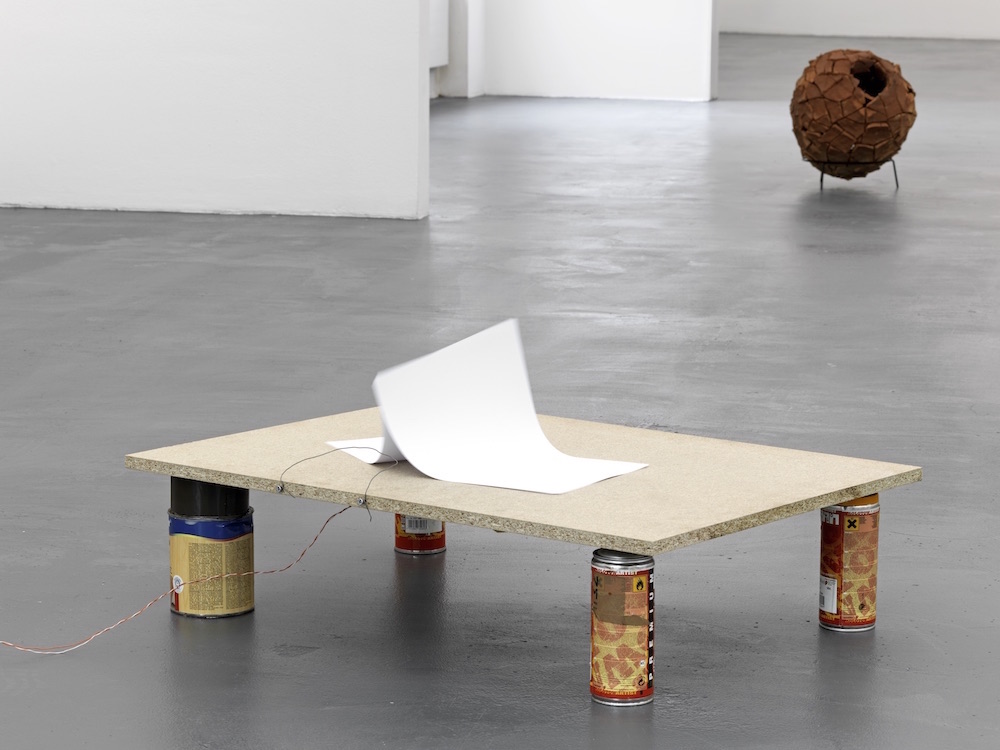
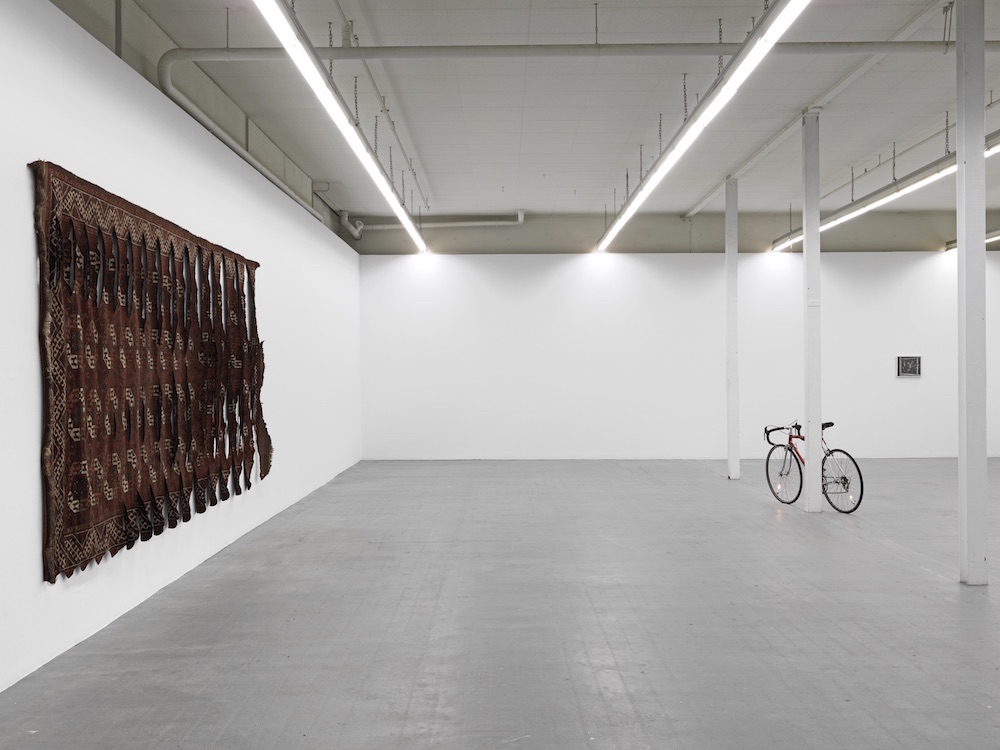
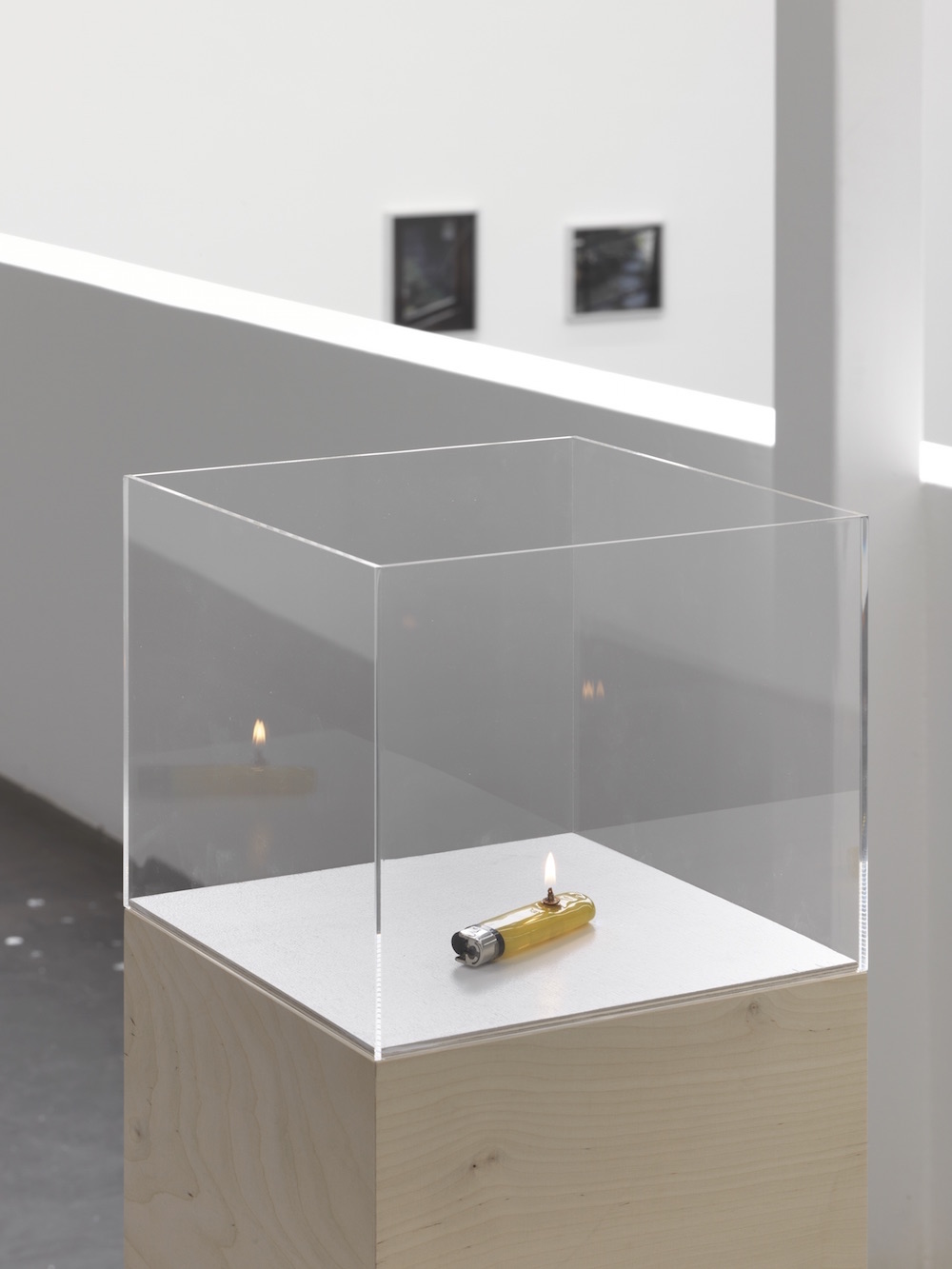
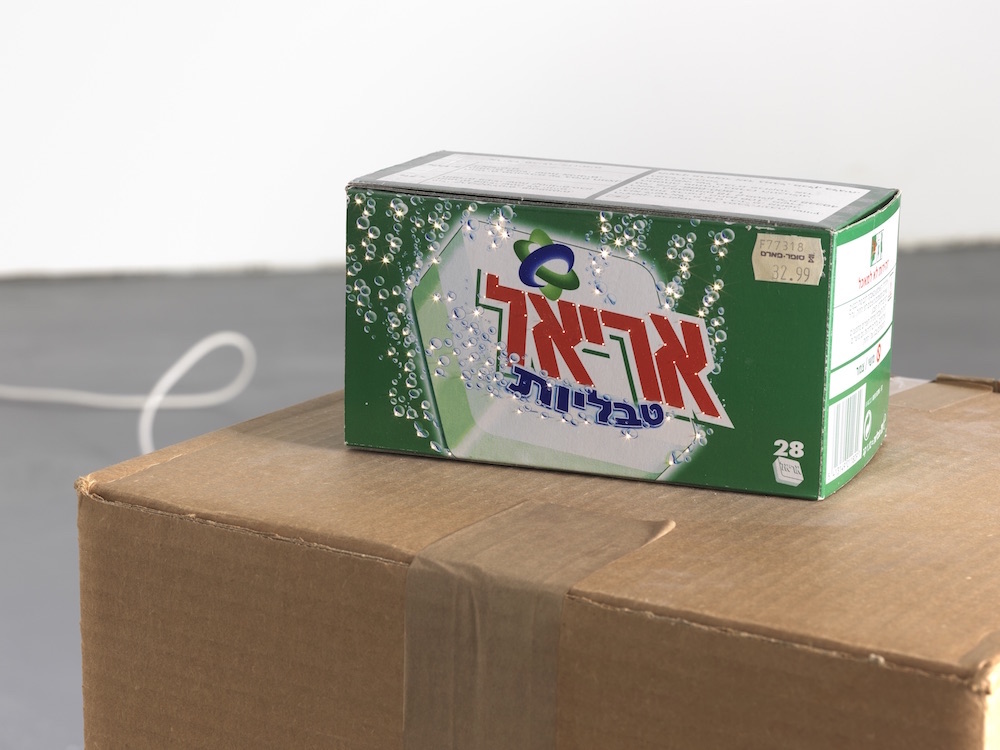
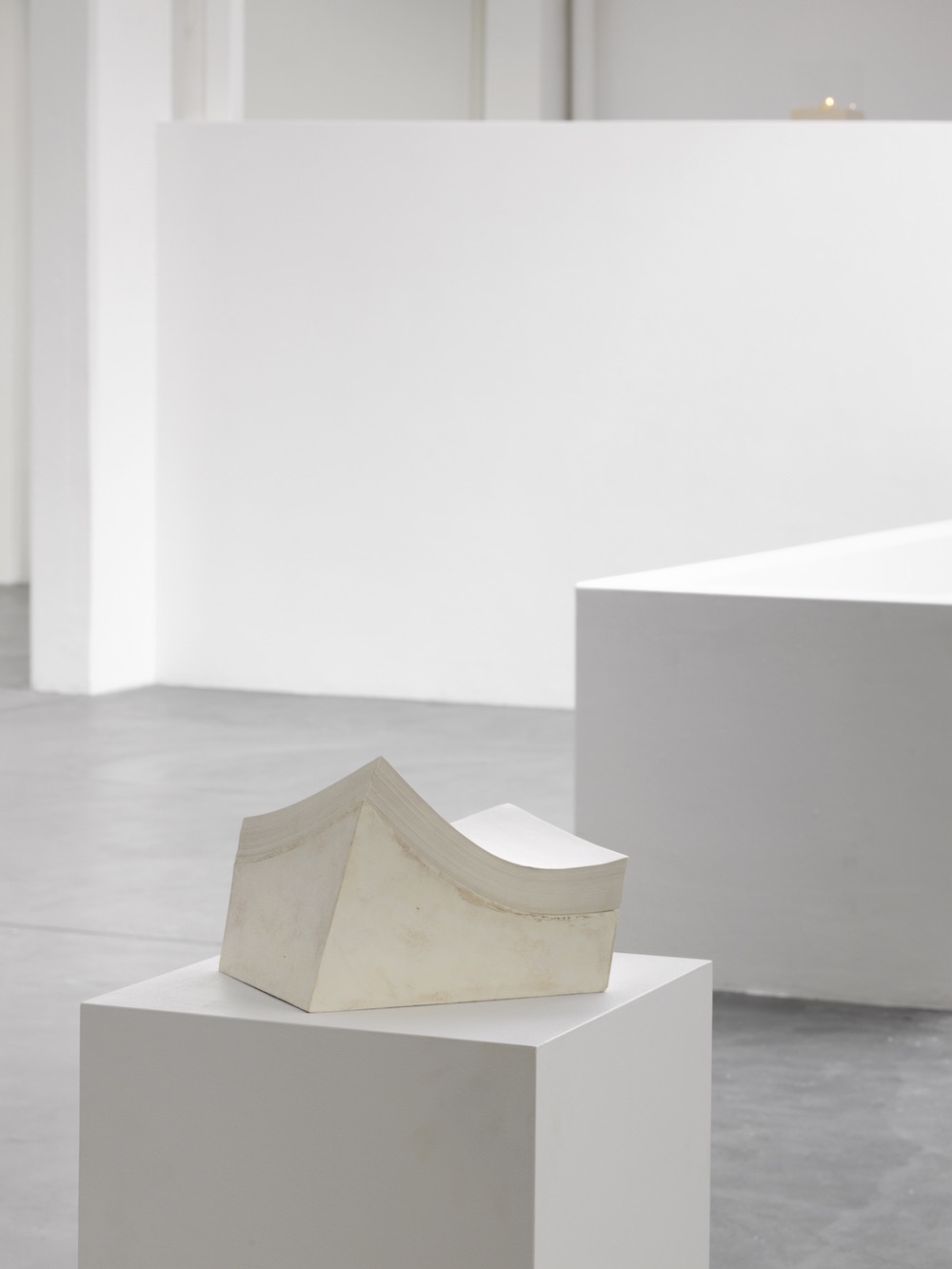
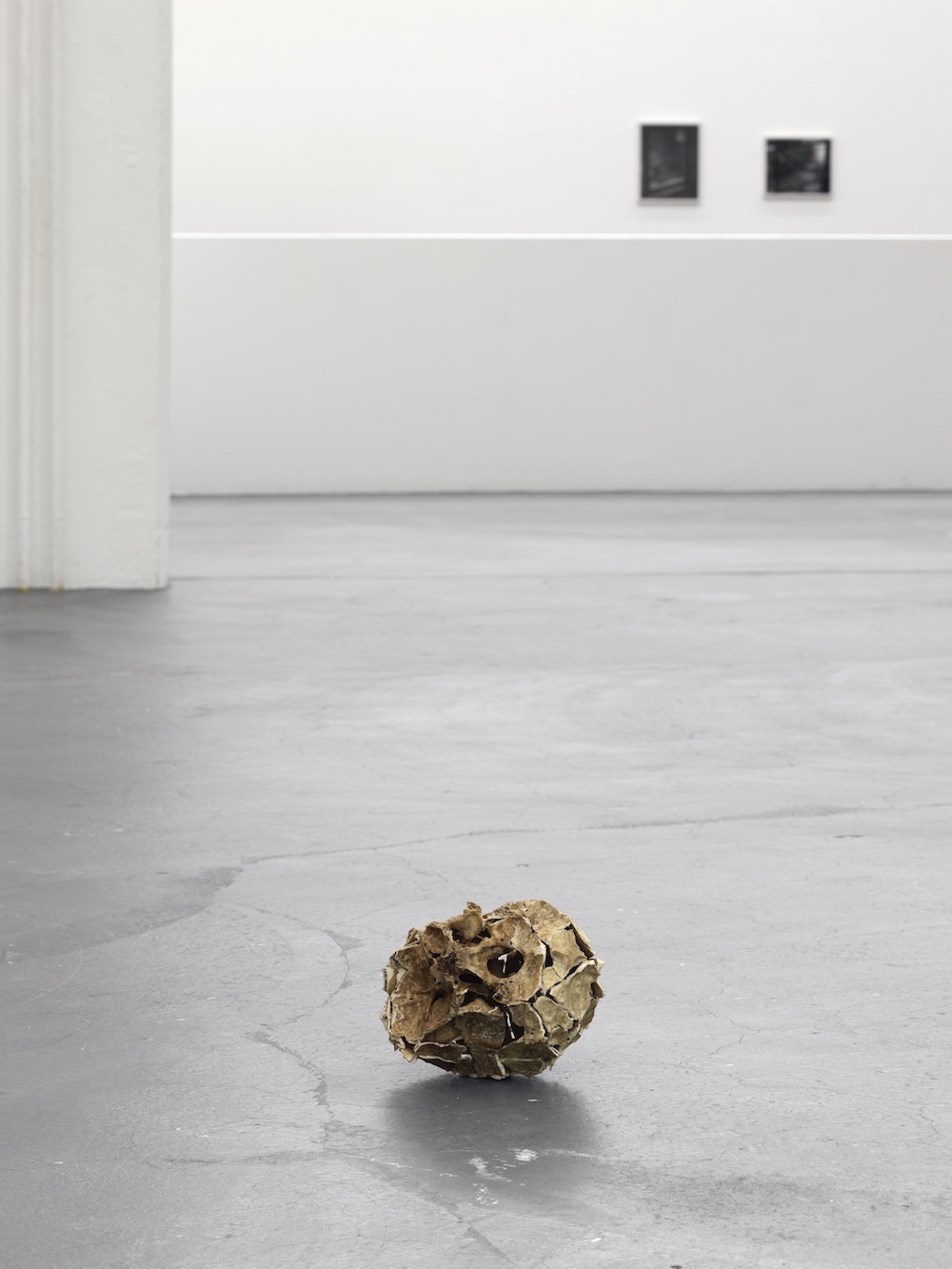
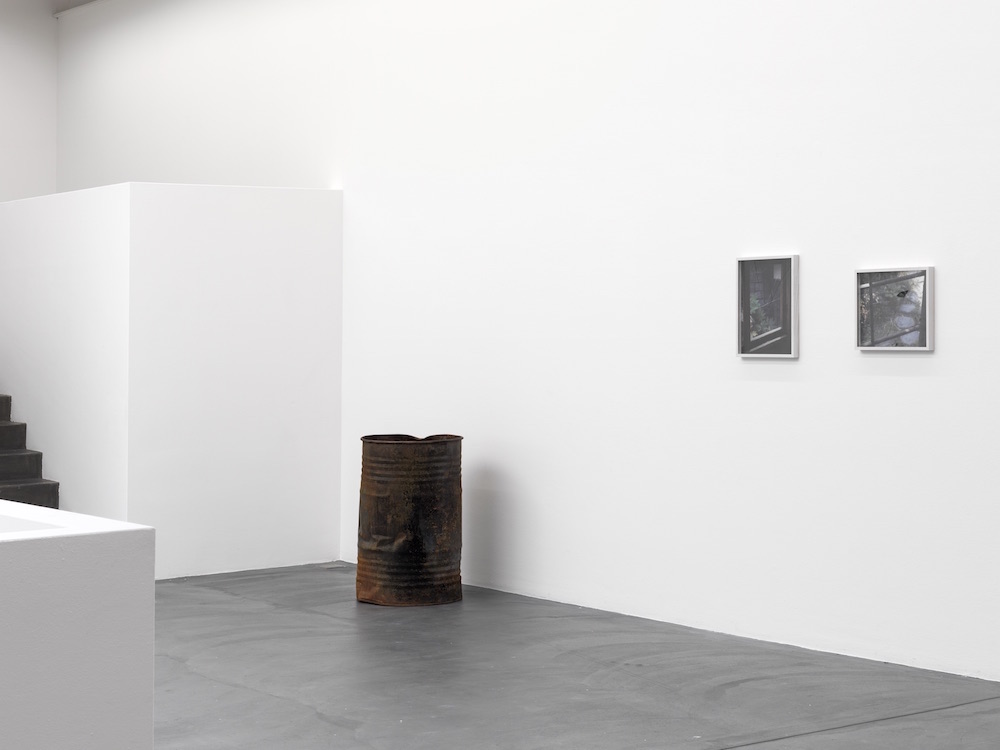
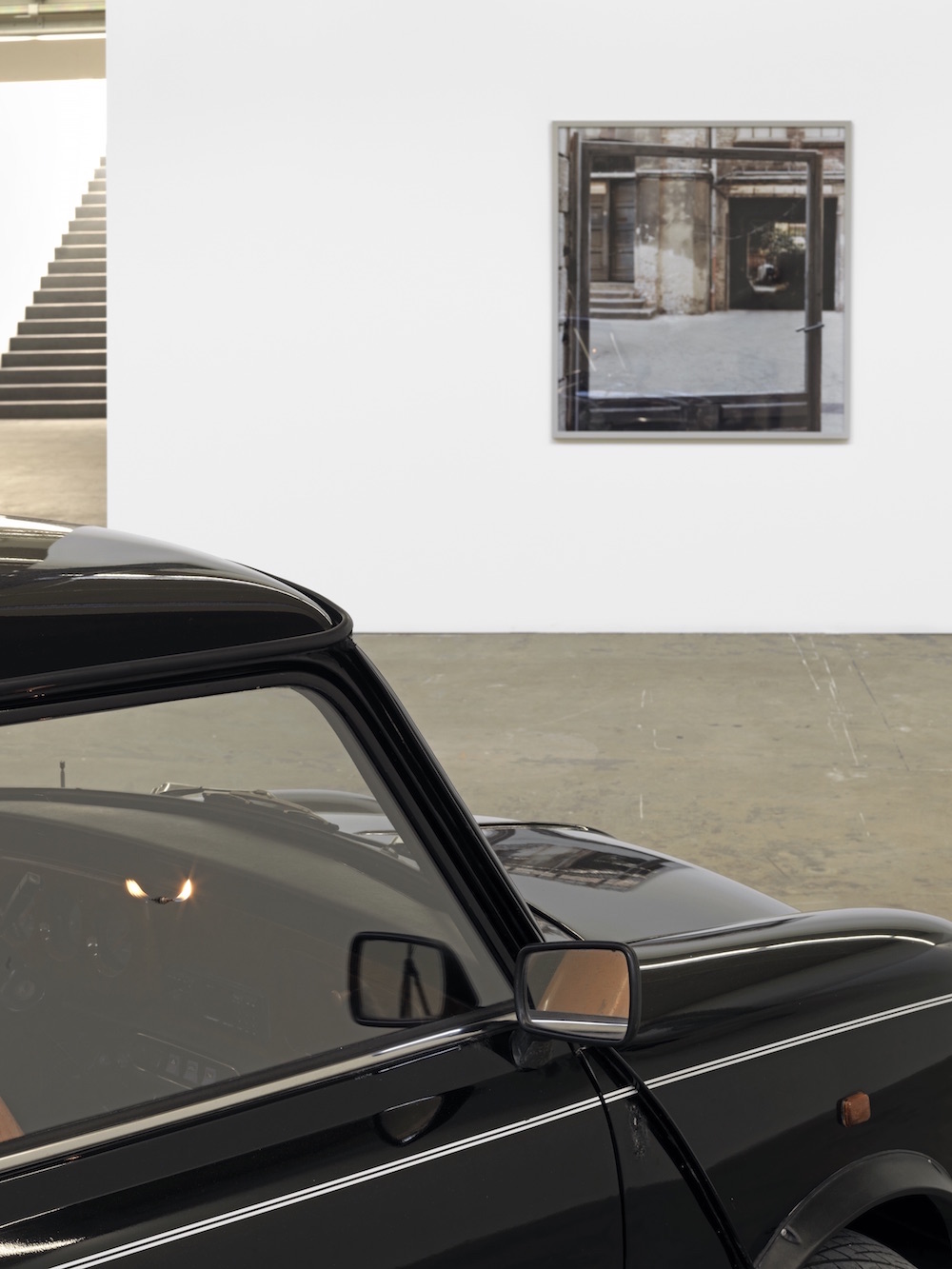
Selected press coverage
In recent years Ariel Schlesinger has repeatedly garnered attention thanks to his astonishing works and spatial interventions. He has now installed his largest institutional solo exhibition to date at the Kunsthaus Baselland.
Ariel Schlesinger, who was born in 1980 in Jerusalem and lives and works amongst other cities in Berlin and Mexico-City, has become known for minimal, always extremely precise, interventions into everyday objects which — appearing to have become functionless — demonstrate new possibilities for dealing with those things. Ariel Schlesinger works with objects that he takes from the quotidian, which he alters through sophisticated or sometimes radical interventions, thus transforming them into something that rarely strips them of their form, but does take away their given character — and in return bestows them mystery and fascination.
The artist employs a kind of destructive-constructive strategy in many of his works; he intervenes, changes, transforms the object into something new and enables surprising discoveries for the viewer within something that seemed utterly familiar. Occasionally it seems as if the artist wants to raise that which is gone, broken or dead to new life, to rescue it from disappearing and to revitalise lost certainties through his precise interventions.
There are numerous works that one encounters as if with a slight shock of recognition, as they draw in the viewer’s full attention. Sometimes the new objects that emerge from this seem threatening, or even dangerous in the context in which they are presented. Only little by little, with careful observation, do they become more logical, intelligible and comprehensible.On the condition that one engages with the dense chain of reflexive thought and fantasy that helps one, by simply viewing, to get closer to the bottom of things — and to see more behind everything, to discover more than one had expected before.
Text by Ines Goldbach
The exhibition and catalogue were generously supported by the Hans und Renée Müller-Meylan Stiftung, Basellandschaftlichen Kantonalbank, Dr. Georg und Josi Guggenheim-Stiftung, Alfred und Ilse Stammer-Mayer Stiftung as well as the partners of the Kunsthaus Baselland.
During Ariel Schlesinger's exhibition the solo exhibition by Sarah Oppenheimer was also on display.
